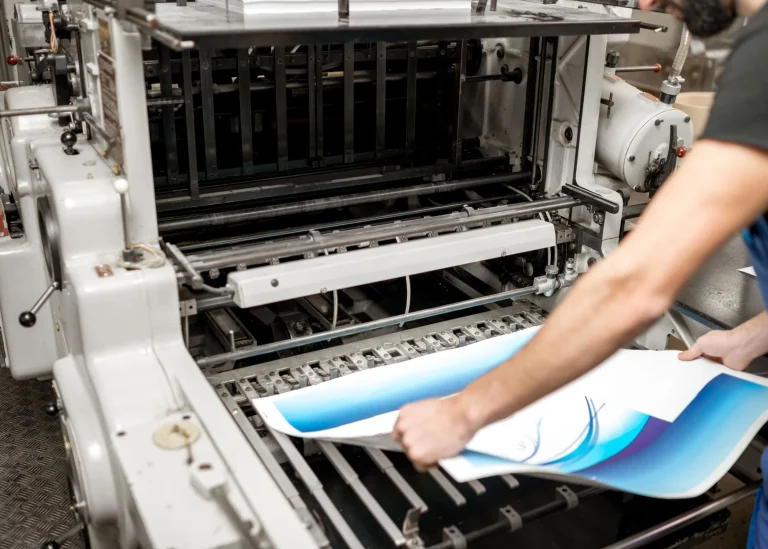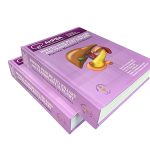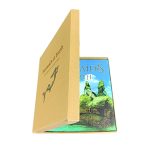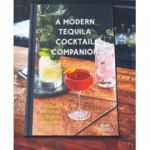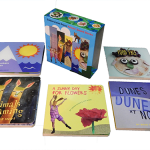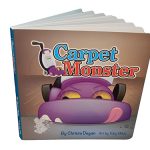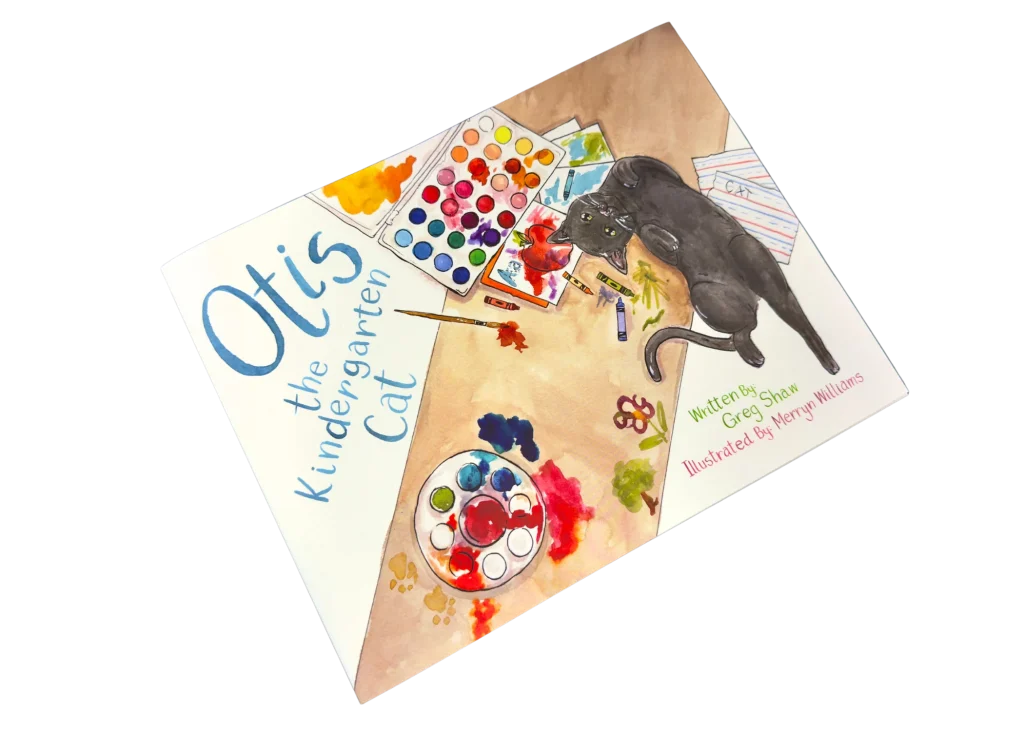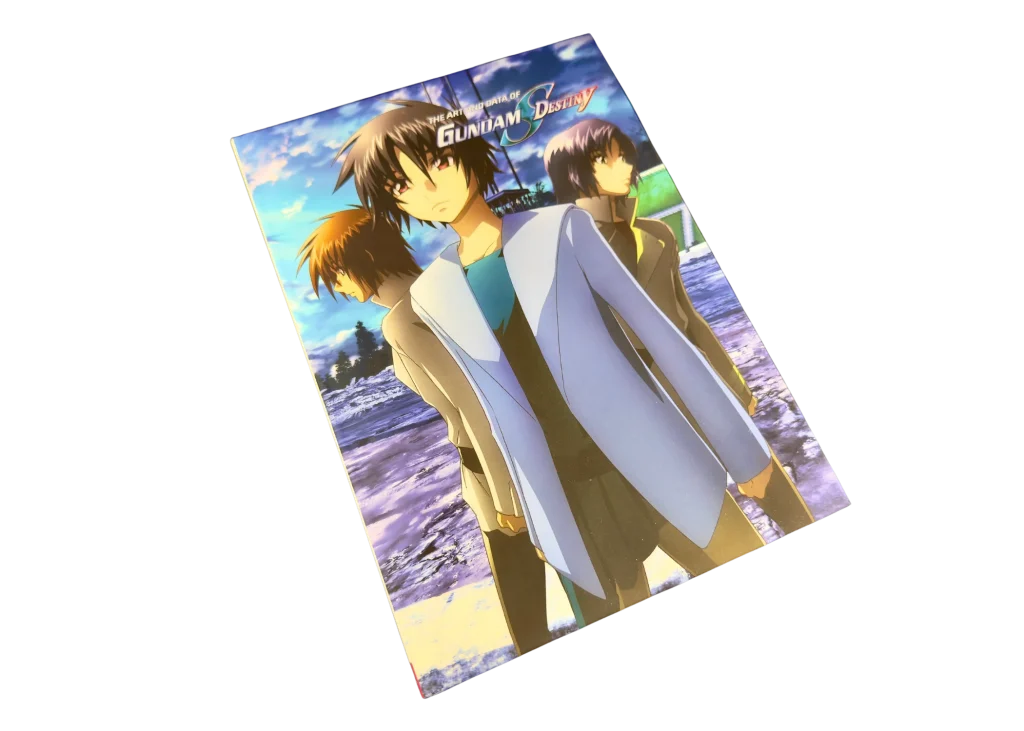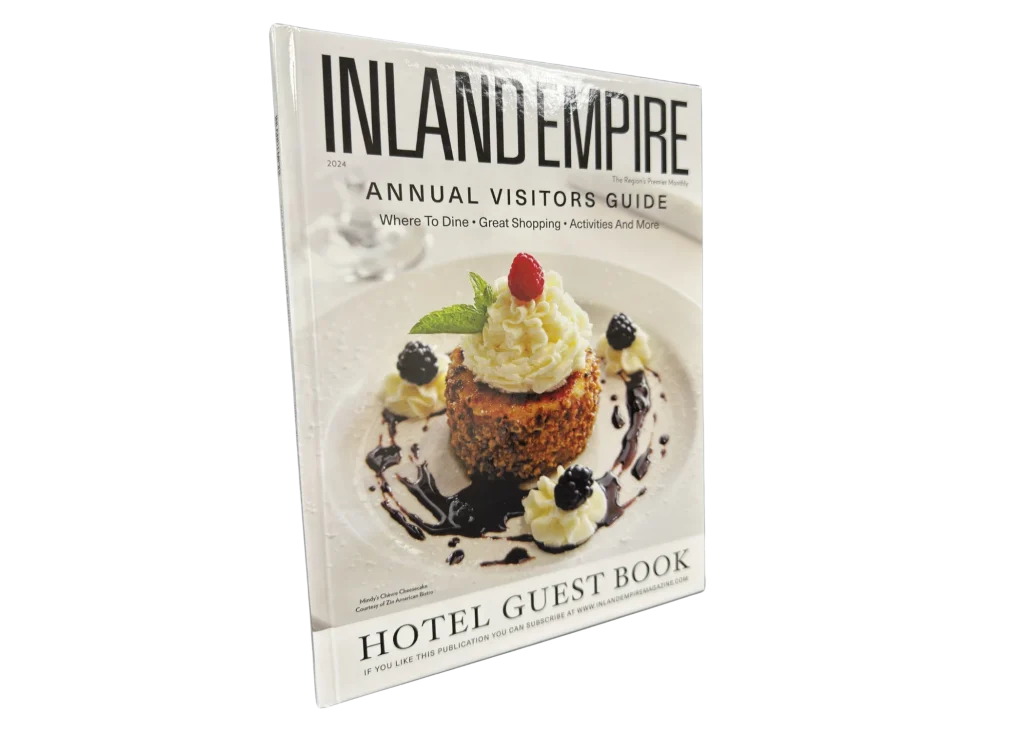prc book printing
Why Publishers and Authors Choose Custom Book Printing
Creative Freedom Beyond Standard Formats
Standard book formats serve most publishing needs efficiently, but some projects demand something different:
- Custom trim sizes allow books to match specific content requirements, stand out from competitors, or create distinctive shelf presence. Square formats, oversized dimensions, unusually tall or wide proportions—custom sizing lets form follow function and creative vision rather than conforming to predetermined standards.
- Unique binding solutions accommodate special requirements that standard bindings can't address. Projects might need books that fold in unusual ways, open from unexpected directions, or incorporate interactive elements requiring custom binding approaches.
- Specialty paper choices beyond standard offset stocks let you select papers that enhance your content—translucent vellum for overlay effects, textured papers for tactile interest, heavyweight stocks for premium feel, or specialty papers with unique properties suited to your project.
- Custom die-cutting and shapes create books with distinctive silhouettes, cutout windows, rounded corners beyond standard radii, or shaped elements that serve functional or aesthetic purposes.
- Mixed binding methods within single projects can combine different binding approaches in creative ways—perhaps perfect bound sections with fold-out pages, or case-bound books with inserted specialty components.
Premium Materials and Finishing Options
Custom projects often demand elevated materials and special finishes:
- Specialty cover materials including cloth, leather, printed papers laminated to board, custom-textured materials, or combinations that create unique cover experiences.
- Enhanced finishing techniques such as foil stamping (multiple colors and metallic finishes), embossing and debossing (creating raised or recessed design elements), spot UV coating (selective glossy highlights on matte backgrounds), soft-touch lamination (velvety tactile experience), and specialty coatings.
- Custom endpapers printed with designs, photographs, or information rather than standard colored papers. Endpapers provide opportunity for additional creativity in hardcover books.
- Ribbons, headbands, and details that add traditional bookbinding elegance to special editions.
- Slipcovers, slipcases, and custom packaging for books requiring protective or presentational enclosures.
Personalization for Special Occasions
Custom printing accommodates personalized books for meaningful occasions:
- Family heritage books preserving recipes, stories, photographs, and genealogical information in formats designed specifically for your family's content and preferences.
- Memorial and tribute books honoring individuals with thoughtfully designed layouts, premium materials, and personalized touches that reflect their lives and legacies.
- Wedding albums and guest books with custom sizes, premium materials, and personalized design elements that become cherished keepsakes.
- Corporate anniversary books documenting organizational histories with custom formats, premium finishes, and distinctive presentation worthy of milestone celebrations.
- Limited edition art books for photographers, artists, and designers who want their work presented in formats that enhance and complement their creative vision.
Expert Consultation and Problem-Solving
Custom projects benefit from experienced guidance:
- Feasibility assessment helps you understand what's possible, what's practical, and what compromises might be necessary to balance vision with manufacturing realities and budget constraints.
- Material recommendations based on your project's intended use, aesthetic goals, and budget parameters. We guide you toward choices that achieve your vision effectively.
- Technical guidance on file preparation for unusual formats, binding considerations for custom sizes, and design adaptations that ensure custom projects manufacture successfully.
- Budget planning that identifies where customization adds significant value versus where standard approaches work equally well, helping you allocate resources effectively.


